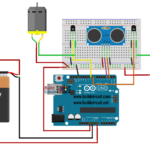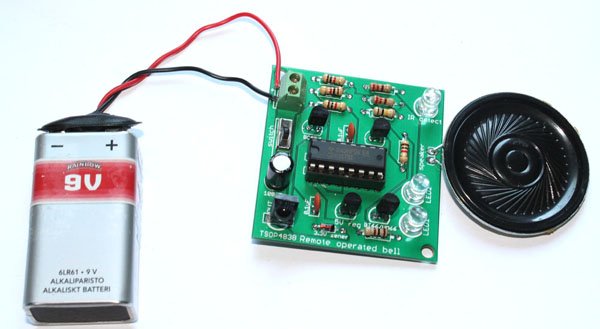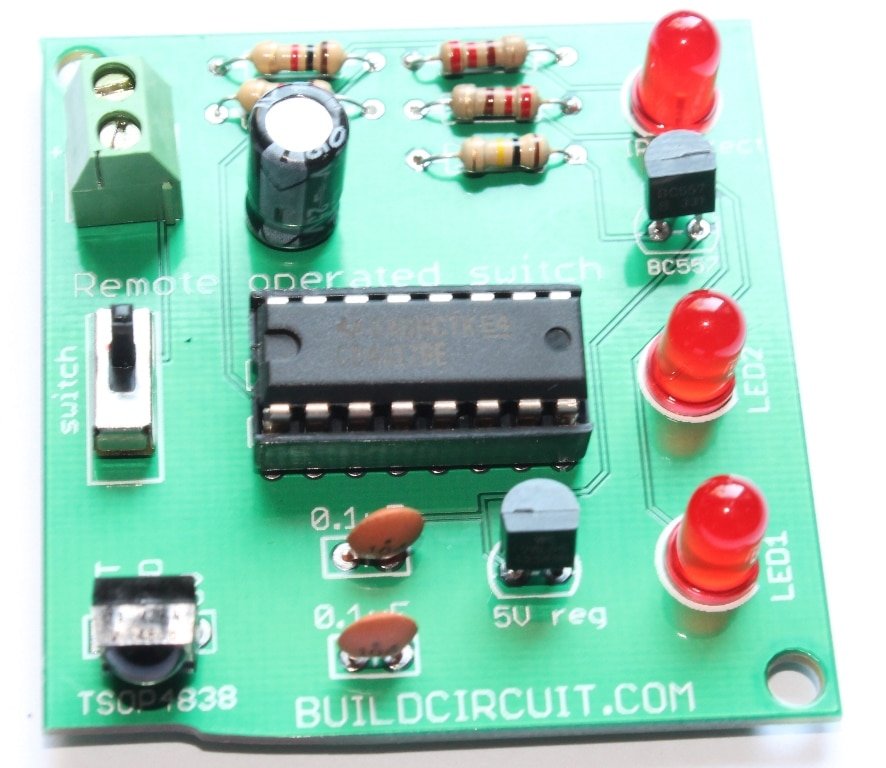How does an FM transmitter DIY Kit work

A single-transistor FM transmitter DIY kit is a simple electronic circuit that allows you to broadcast an audio signal wirelessly using frequency modulation (FM). Such kits are popular among electronics enthusiasts and hobbyists due to their simplicity and educational value. Let’s break down the working of a typical single-transistor FM transmitter:
Components:
- Transistor: The heart of the transmitter is a single bipolar junction transistor (BJT). Commonly used transistors for this purpose include the 2N3904 or similar NPN transistors.
- Resistors and Capacitors: These are used to bias the transistor and set the operating point. Values are chosen to provide the right amount of current for proper transistor operation.
- Inductor (Coil): An inductor, usually in the form of a coil, is employed to create the frequency-determining tank circuit. It is responsible for setting the carrier frequency of the FM signal.
- Capacitors: Various capacitors are used for coupling and decoupling purposes in the circuit.
- Microphone: A small electret microphone is often included in the kit to capture the audio signal you want to transmit.
- Antenna: A simple wire or a small piece of wire is used as an antenna to radiate the FM signal.
Working:
- Audio Input: The audio input is typically provided by a microphone. The varying voltage from the microphone, corresponding to the audio signal, modulates the base of the transistor.
- Transistor Biasing: The transistor is biased so that it operates in its active region. This biasing allows the transistor to amplify the audio signal.
- Frequency Modulation (FM): The varying audio signal modulates the frequency of the carrier wave produced by the tank circuit (inductor and capacitor). As the audio signal changes, the frequency of the carrier wave changes accordingly.
- Tank Circuit: The tank circuit determines the frequency of the FM signal. The coil and capacitor in the tank circuit resonate at a specific frequency, which becomes the carrier frequency of the transmitter.
- Amplification: The transistor amplifies the modulated signal, ensuring that it has enough strength to be transmitted effectively.
- Radiation: The modulated signal is then sent to the antenna, and as the voltage on the antenna varies, it radiates an FM signal carrying the audio information.
- Transmission: The transmitted FM signal can be received by an FM radio tuned to the same frequency. The audio signal can then be extracted and heard through the radio.
Important Points:
- Short Range: These transmitters typically have a short transmission range, making them suitable for personal or local use.
- Legal Considerations: Broadcasting FM signals without proper licensing may violate regulations. Ensure you are compliant with local laws before using such transmitters.
- Educational Tool: DIY FM transmitter kits are valuable for learning about basic RF (radio frequency) principles, electronic components, and modulation techniques.
Always follow safety guidelines and legal regulations when working with and using radio transmitters.











